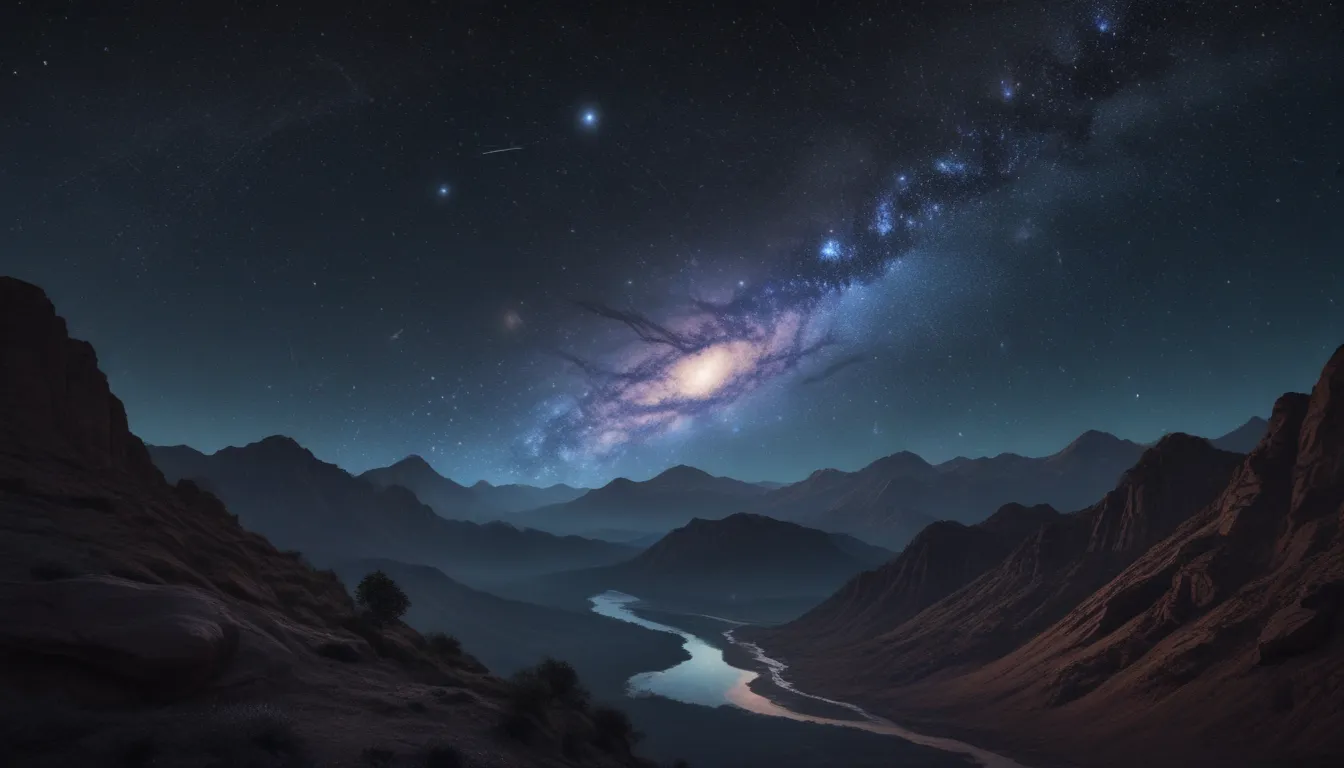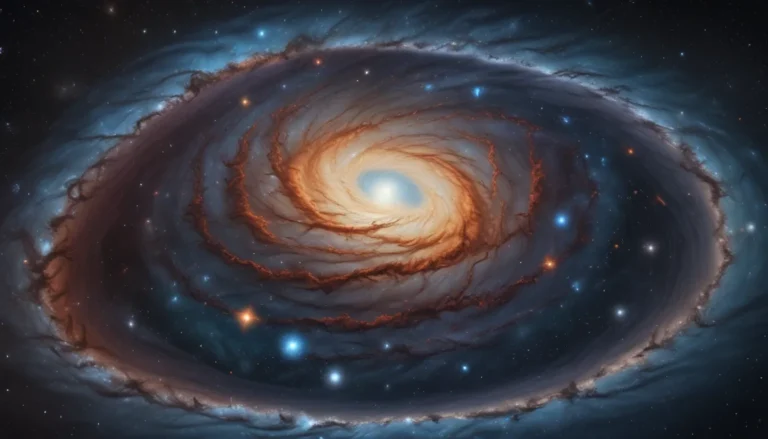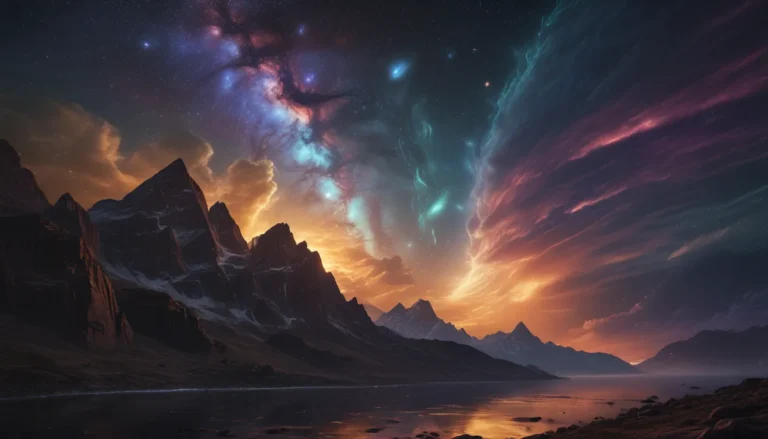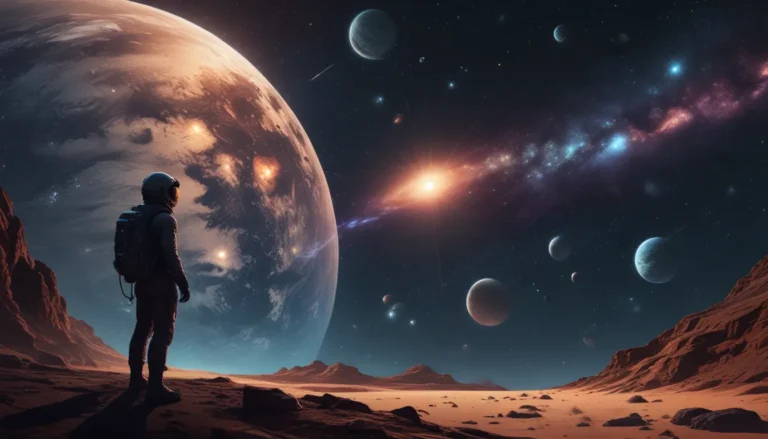The pictures we use in our articles might not show exactly what the words say. We choose these pictures to make you interested in reading more. The pictures work together with the words but don’t take their place. The words still tell you the important facts.
The Andromeda Constellation, a captivating patch of the night sky named after the mythical princess Andromeda, has piqued the interest of stargazers for centuries. This celestial wonder is not only a mesmerizing sight but also a gateway to the vastness of the universe, igniting a sense of wonder in both kids and adults. In this article, we will take an exciting journey through 19 intriguing facts about the Andromeda constellation tailored specifically for kids. From the stories behind its name to the celestial objects it contains, each fact will unveil a new layer of mystery and awe. By the end of this cosmic adventure, young readers will have a deeper understanding of this celestial masterpiece and a newfound appreciation for the wonders of the night sky. So, let's embark on this journey together and unravel the secrets of the Andromeda constellation!
Exploring the Andromeda Constellation
The Andromeda Constellation, named after the mythical princess Andromeda, is a captivating feature of the night sky that continues to inspire curiosity and awe. Here are some fascinating facts about this celestial wonder that will spark the curiosity of young stargazers:
It is Named After a Mythological Princess
The Andromeda Constellation is named after the beautiful princess Andromeda from Greek mythology. According to legend, Andromeda was chained to a rock as a sacrifice to a sea monster but was ultimately saved by the hero Perseus.
Home to the Andromeda Galaxy
The Andromeda Constellation is home to the famous Andromeda Galaxy, also known as M31. This spiral galaxy is the closest galaxy to the Milky Way and is visible to the naked eye on clear, dark nights.
Contains Several Bright Stars
The constellation boasts several bright stars, including Alpheratz, Mirach, and Almach, which add to its allure when observed from Earth.
Andromeda is Visible from Both Hemispheres
Unlike some constellations that are exclusive to one hemisphere, Andromeda can be observed from both the northern and southern hemispheres.
The Andromeda Constellation is Part of the Perseus Family of Constellations
Andromeda is part of the Perseus family of constellations, which also includes celestial features such as Perseus, Cassiopeia, and Pegasus.
It is Associated with the Andromedids Meteor Shower
The Andromeda Constellation is associated with the Andromedids meteor shower, an annual event that occurs in late November and early December.
Fascinating Details About Andromeda
In addition to its mythological origins and captivating celestial objects, the Andromeda constellation holds a wealth of fascinating details that make it a favorite among stargazers and astronomers:
Andromeda is Rich in Mythological Lore
The constellation is steeped in mythological lore, adding a layer of enchantment to its celestial presence in the night sky.
Andromeda is Visible in the Northern Sky
From the northern hemisphere, Andromeda can be seen high in the sky during autumn evenings, making it a prominent feature for observers in this region.
The Andromeda Constellation is Home to Exoplanets
Several exoplanets have been discovered within the boundaries of the Andromeda Constellation, contributing to ongoing astronomical research and exploration.
Andromeda is Part of the Ancient Greek Constellations
Andromeda is part of the ancient Greek constellations that have been observed and documented for centuries, adding to its historical significance.
Andromeda is a Source of Inspiration for Artists and Poets
The captivating beauty of the Andromeda Constellation has inspired artists, poets, and storytellers throughout history, leading to its portrayal in various works of art and literature.
The Andromeda Galaxy is on a Collision Course with the Milky Way
In approximately 4.5 billion years, the Andromeda Galaxy is projected to collide with the Milky Way, leading to a cosmic event of immense proportions.
Embracing the Andromeda Constellation
The Andromeda Constellation, with its rich mythology, celestial marvels, and historical significance, remains a captivating feature of the night sky that continues to inspire stargazers of all ages. Its prominent position and ongoing collision with the Milky Way serve as a timeless reminder of the beauty and wonder of the cosmos.
Wrapping Up the Cosmic Journey
In conclusion, the Andromeda constellation is a captivating part of the night sky, filled with fascinating stars, galaxies, and myths. Its prominent position and rich history make it a popular subject for stargazers and astronomers alike. By exploring the Andromeda constellation, kids can develop a deeper appreciation for the wonders of the universe and the stories that have been passed down through generations. Whether it's the legendary princess Andromeda or the breathtaking Andromeda Galaxy, this constellation offers a wealth of knowledge and inspiration for young minds to explore.
Frequently Asked Questions
What is the Andromeda constellation?
The Andromeda constellation is a grouping of stars located in the northern sky. It is named after the mythical princess Andromeda and is known for containing the Andromeda Galaxy, the closest spiral galaxy to our Milky Way.
How can kids observe the Andromeda constellation?
Kids can observe the Andromeda constellation with the naked eye or using binoculars or a telescope. It is best seen during the autumn months in the northern hemisphere and is identifiable by its distinctive "V" shape.
Trust in Quality and Authenticity
Our commitment to delivering trustworthy and engaging content is at the heart of what we do. Each fact on our site is contributed by real users like you, bringing a wealth of diverse insights and information. To ensure the highest standards of accuracy and reliability, our dedicated editors meticulously review each submission. This process guarantees that the facts we share are not only fascinating but also credible. Trust in our commitment to quality and authenticity as you explore and learn with us.






